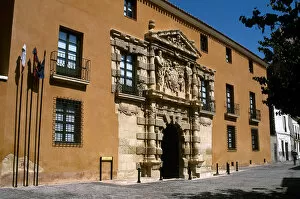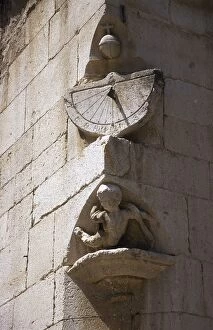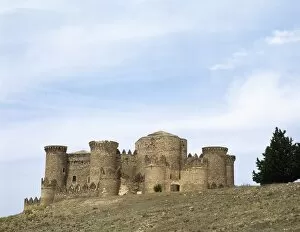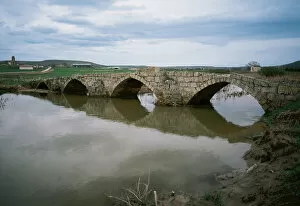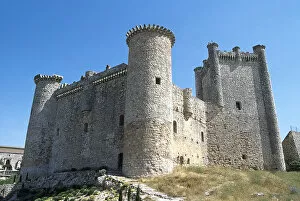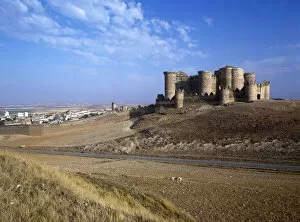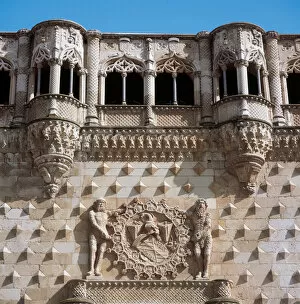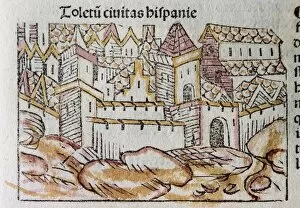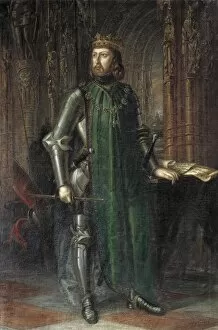Castilia Collection (#2)
"Exploring the Rich History of Castilia: From Fernando de Rojas to Juan Ruiz" Step into the world of Castilia
All Professionally Made to Order for Quick Shipping
"Exploring the Rich History of Castilia: From Fernando de Rojas to Juan Ruiz" Step into the world of Castilia, a region in Spain that boasts a captivating history filled with renowned writers, powerful rulers, and stunning architecture. One cannot delve into the story without mentioning Fernando de Rojas, a Spanish writer known for his tragicomedy. His works have left an indelible mark on literature. Castile and Leon, specifically Burgos, is home to a map from 1576 at Civitates that showcases the grandeur of this region during that time. Urraca of León and Castile was another influential figure who reigned over these lands from 1079 to 1126. The Alisa Castilia Castle stands as a testament to the architectural prowess of the 15th and 16th centuries in Spain. Its majestic presence evokes awe and wonder among visitors. Arevalo's Castle with its semicircular keep tells tales of battles fought and victories won under Don Inigo Lopez de Mendoza, Marquis of Santillana (1398-1458). This nobleman played a significant role in shaping the history of this land. The War of Communities in Castile (1520-1521), also known as The Holy Asse or Revolt of Comuneros, represents an important chapter in Spanish history. It was during this period that Martin de Cervera painted scenes depicting university classrooms on doors—a reminder that knowledge can thrive even amidst chaos. Gothic art finds its place within Santa Maria de Regla Cathedral's tympanum—an intricate masterpiece showcasing religious devotion through artistic expression. Juan Lopez de Padilla (1490-1521), an insurrectionary leader during those tumultuous times, left behind stories etched into the annals of rebellion against authority.



